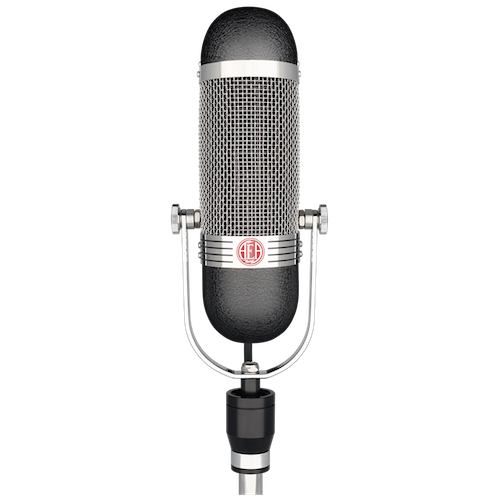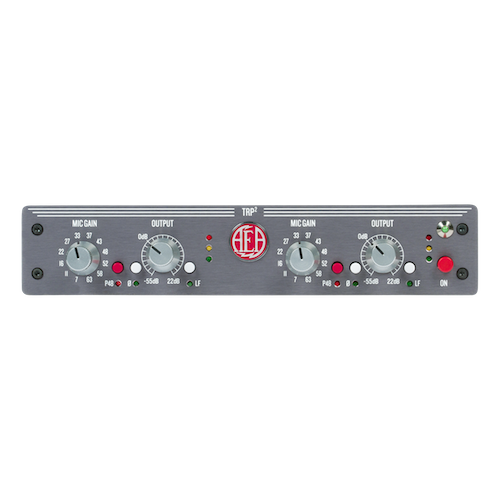Starting in the 1930s and all the way through the 1950s, methods for capturing ensembles involved gathering several vocalists and instrumentalists around one mic — normally a ribbon. It was done this way for practical purposes from a technological, financial, and even sonic standpoint. Back then, microphones were expensive, tape machines were just starting to allow for more than one or two channels, and bands were used to performing in the same space all together at the same time.
Recording a live band had a purpose — to document a live performance for consumer playback. As technology evolved and recording studios grew, more and more instruments were recorded with more and more microphones. But the sound and feeling captured by the original method of single-mic recording was largely lost–until now.
Engineer John Cuniberti, known for his work with guitar virtuoso Joe Satriani, had recorded many timeless records in the modern way–miking up every instrumental individually, sometimes with multiple mics, blending them all together to create a unique mix. After years of recording with this method, John wanted to try engineering in a way he hadn’t before, with one microphone, harkening back to the style of old. With four simple goals in mind, his project aimed at capturing a band in one take, without edits, without overdubs but sound as balanced as a conventional multi-track recording.
A Tradition Renewed
On March 20th, 2016 John entered 25th Street Recording in Oakland, CA and did something he had never done before. John recorded an entire band with one stereo microphone, the AEA R88. Instead of adjusting the volume of each individual microphone for every instrument and voice, John physically moved the band’s amps, drums and voices around the one microphone to produce a balanced stereo image with depth and detail one would expect to hear in a conventional multi-track recording.
As John said, “This technique puts a lot of pressure on the band to not only perform well but balance themselves as you would during the mixing process. A lot of time is spent arranging the players in the room, adjusting their levels and getting them comfortable with their mix. To be honest, I wasn’t sure if it could be done with electric guitars and drums — but it worked great.”
 Sound directly entering a side quadrant may be out-of-phase since it is being picked up from both the positive and negative lobes.
Sound directly entering a side quadrant may be out-of-phase since it is being picked up from both the positive and negative lobes.





